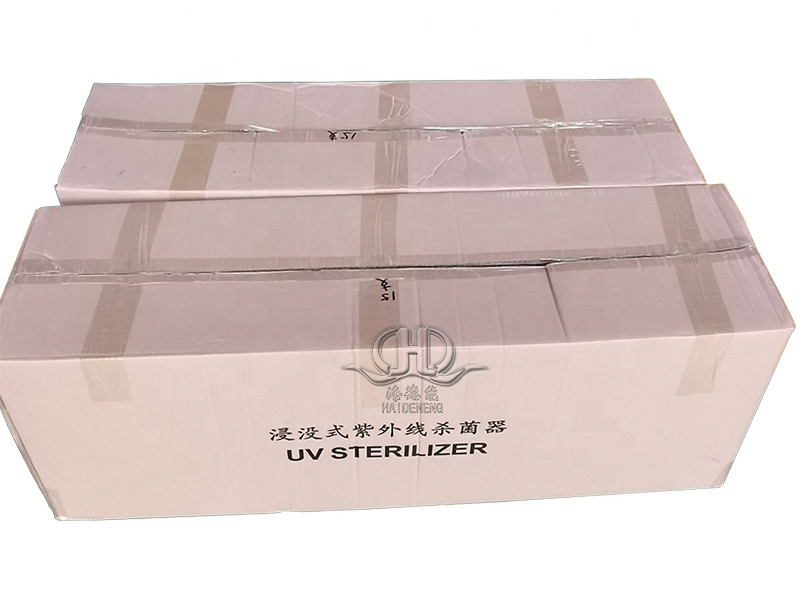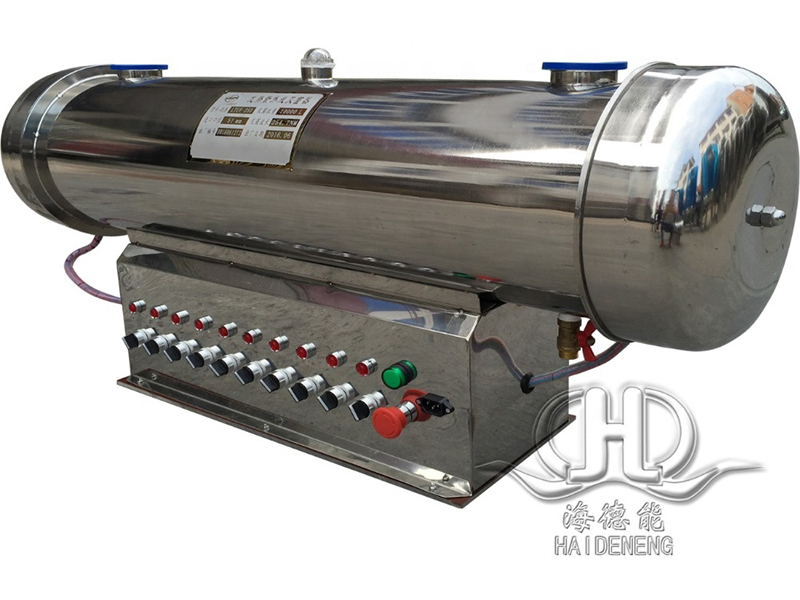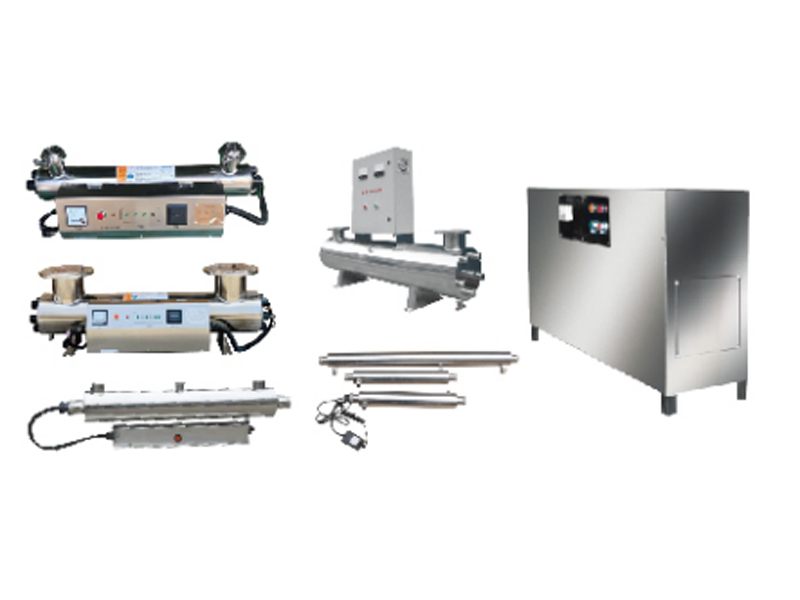UV Ultraviolet Sterilization Principle and Application: UV sterilization has a long history. In 1903, Danish scientist Niels Finsen proposed modern phototherapy based on the principle of light sterilization and was awarded the Nobel Prize in Physiology or Medicine. In the past century, UV sterilization has played an important role in the prevention and treatment of acute infectious diseases in human beings, such as the "two insects" incident in North America in the 1990s, SARS in China in 2003, and MERS in the Middle East in 2012. Recently, due to the serious outbreak of the new coronavirus (2019-nCoV) in China, UV light has been recognized for its high efficacy in killing viruses, becoming an important means for controlling the spread of the epidemic and ensuring life safety.

UV Sterilization Principle: UV light is divided into A-band (315 to 400 nm), B-band (280 to 315 nm), C-band (200 to 280 nm), and vacuum UV (100-200 nm) according to its wavelength range. Generally, C-band UV light is used for sterilization. After being exposed to C-band UV light, the nucleic acid (RNA and DNA) in the microorganisms absorb the energy of UV photons, causing the base pairs to polymerize and prevent protein synthesis, which makes the microorganisms unable to reproduce, thus achieving the purpose of sterilization.

Advantages of UV Sterilization:
1) UV sterilization produces no residual agents or toxic by-products, avoiding secondary pollution to the environment and oxidation or corrosion of the objects being sterilized.
2) UV sterilization equipment is easy to install and maintain, has reliable operation, and is low-cost. Traditional chemical sterilizers such as chlorine, chlorine dioxide, ozone, and peracetic acid are highly toxic, flammable, explosive, or corrosive substances that require strict and special sterilization requirements for production, transportation, storage, and use.
3) UV sterilization is broad-spectrum and highly efficient, able to kill most pathogenic organisms including protozoa, bacteria, viruses, etc. The radiation dose of 40 mJ/cm2 (usually achievable when low-pressure mercury lamps are irradiated at a distance of one meter for one minute) can kill 99.99% of pathogenic microorganisms.
UV sterilization has a broad-spectrum and highly efficient bactericidal effect on most pathogenic microorganisms, including the new coronavirus (2019-nCoV). Compared with traditional chemical sterilizers, UV sterilization has the advantages of no secondary pollution, reliable operation, and high efficiency in killing microorganisms, which can be of great value in controlling the epidemic.

Post time: Aug-01-2023

